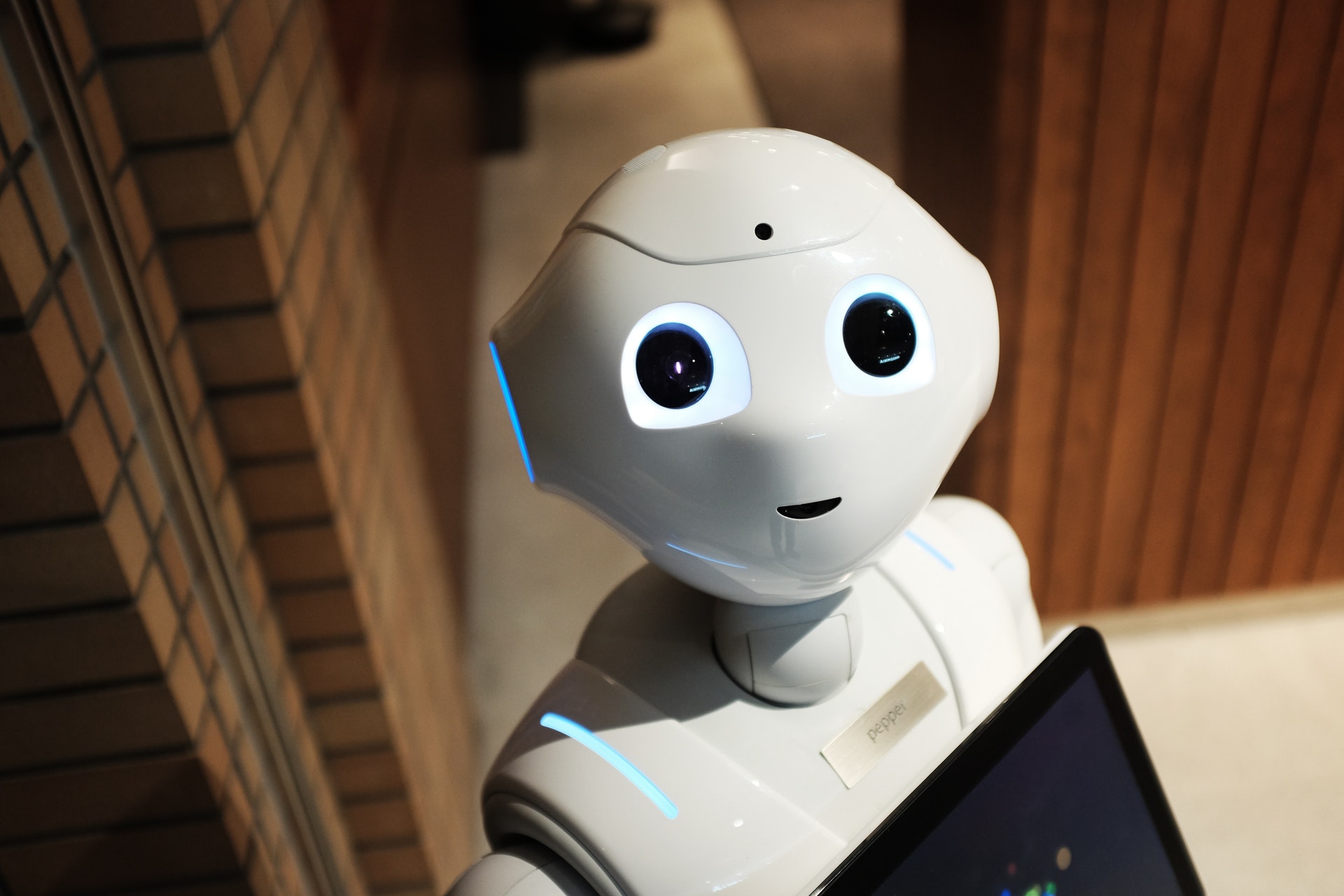10 Reasons Why You Still Need Human Translators

Machine Translation has made great strides in its development, lately, and is getting better every day. It definitely has its place in certain translation scenarios. It also helps with processing the ever-increasing volume of content that needs to be translated. While MT is of great help in the translation process, do not rush to dismissing human translators just yet. Here are some reasons why:
1. Evolution of Language
The evolution of language makes it difficult to keep translated terms consistently updated. It would be impossible to keep all the slang for every situation updated and available for use. An even more complicated aspect is new definitions of old words. If the database is not updated, a translation will populate, but it will translate to the old meaning! This goes hand-in-hand with context, especially if the old definition is still being used. A catfish can be someone who is pretending to be someone else online, or it can simply be the actual fish. A tweet can be the sound that a bird makes or a post on Twitter. Experienced translators know how to translate new meanings of old words.
2. Humor
Anyone who uses the Internet with any frequency knows that tone and context are important for a joke. Oftentimes jokes will be misinterpreted because the tone does not carry through text. This can be a struggle even for communication between native speakers. Sometimes jokes don’t even come across in person. Take all of these considerations and triple them, and you can see why humor often doesn’t work well in machine translation. A human’s touch is needed to ensure that jokes are appropriately translated in a way that makes sense
3. Culture
Machines can’t always tell when something is culturally appropriate to translate. Sometimes, there are words that are better left alone with a footnote, or meanings that need to be changed to resonate with the audience. An example would be the concept of “honne” and “tatemae”. If you try to translate it on Google, it leaves the concepts in the original language because trying to translate them in a single phrase would be doing an injustice to the concepts. A human could decide, based on context, how much to explain or how to translate the phrase.

In Japan, it’s seen as shameful to fail. However, Japan has a low-context culture and a high emphasis on homogenization. Therefore, people in Japan are likely to show their “tatemae” (illusion that the public expects to see from them) rather than their “honne” (their true feelings and desires). Trying to translate this through a machine would be far too complicated!
4. Context and homonyms
Context is incredibly important in translation, especially when homonyms are involved. Even simple sentences like “he was lying” change depends on context. AI might assume that he was being untruthful, when in context, the meaning might be that he had gone from standing to lying on the ground. Machine learning is getting translation bots better at discerning from context, but most companies wisely pay an actual translator to handle it.
5. Style and tone
If you text with someone often, it’s likely you’d be able to pick them out versus someone trying to imitate them. Each person has their own unique style of speaking. A skilled translator can pick out that speaking style and mimic it in the target language. Unlike context, style is extremely difficult to teach a translation engine. Mimicking style for translation is more of an art than a science and often goes together with transcreation. It needs to consider humor, culture, intent, and audience. Keeping a cohesive style across a marketing campaign for international companies is often a huge reason why big companies hire and retain translators full-time.
6. Catching errors
Google Translate is going to assume your initial input is correct, and there’s no way for you to catch it if you don’t know the target language. A search for “English fails” brings millions of results where companies tried to use machine translation without having someone native to double check. Whether it’s a typo in the source or an incorrect translation, you have no way of knowing the translation is accurate without having someone who speaks the language check it afterwards.
7. Emotions
It’s hard to convey emotions through text, let alone evoke emotion from others. A person who has the ability to translate between two languages and retain the original emotional meaning is an artist and often works in transcreation rather than direct translation. Works of art like books, movies, and music all require a different type of work than technical translation. If there are humans who are fluent in both languages who don’t excel at this type of work, why would we expect a machine to do it properly?
8. Audience
That’s not to say that it’s easy to translate technical documentation either. Technical writers are experts at writing for their audience. Technical translators need to know their audience and know the jargon in order to create documentation that makes sense. How many times have you opened up a manual from something you ordered online, and it makes no sense because the company did not hire an adequate technical translator? This becomes even more important when the documentation is medical in nature. Sensitive research papers need to be translated by a human so they can convey the information exactly in the way that everyone has agreed works best. Even translation for kids is different than translation for adults – if you translate something for adults the way you would with kids, it’s likely going to come across as condescending.
9. Figures of speech
Figures of speech often go together with homonyms. For example, “he’s not very bright,” a common phrase, might turn into “he’s not very well illuminated.” Phrases like “the key to the city” might end up being translated literally and have foreign readers wondering what the key to the city unlocks. This is why fluency in both languages is so important when finding translators.
10. Intent
Intent is the combination of all of the above factors. You don’t expect humor and emotion from your washing machine manual, but you may get a chuckle or two out of the cartoon your kids are watching (even though they’re the target audience.) Although a translator doesn’t have to do the work of actually writing the original content, depending on the complexity, the nature of the project, and the target language, it can be like creating an entirely new version of the work.
In the end, machine translation can be a powerful tool. MTPE, Machine Translation Post-Editing, is an entire field of translation in which a human looks at a machine translated text and fixes for the above issues. Having words and phrases in the memory of a translation software for a specific customer also saves time and money. However, machine translation alone can only get you so far. For any important text – especially texts that have legal or business ramifications – it’s important to have an actual translator to help ensure 100% accuracy. If you need help finding a translator, contact us today.







